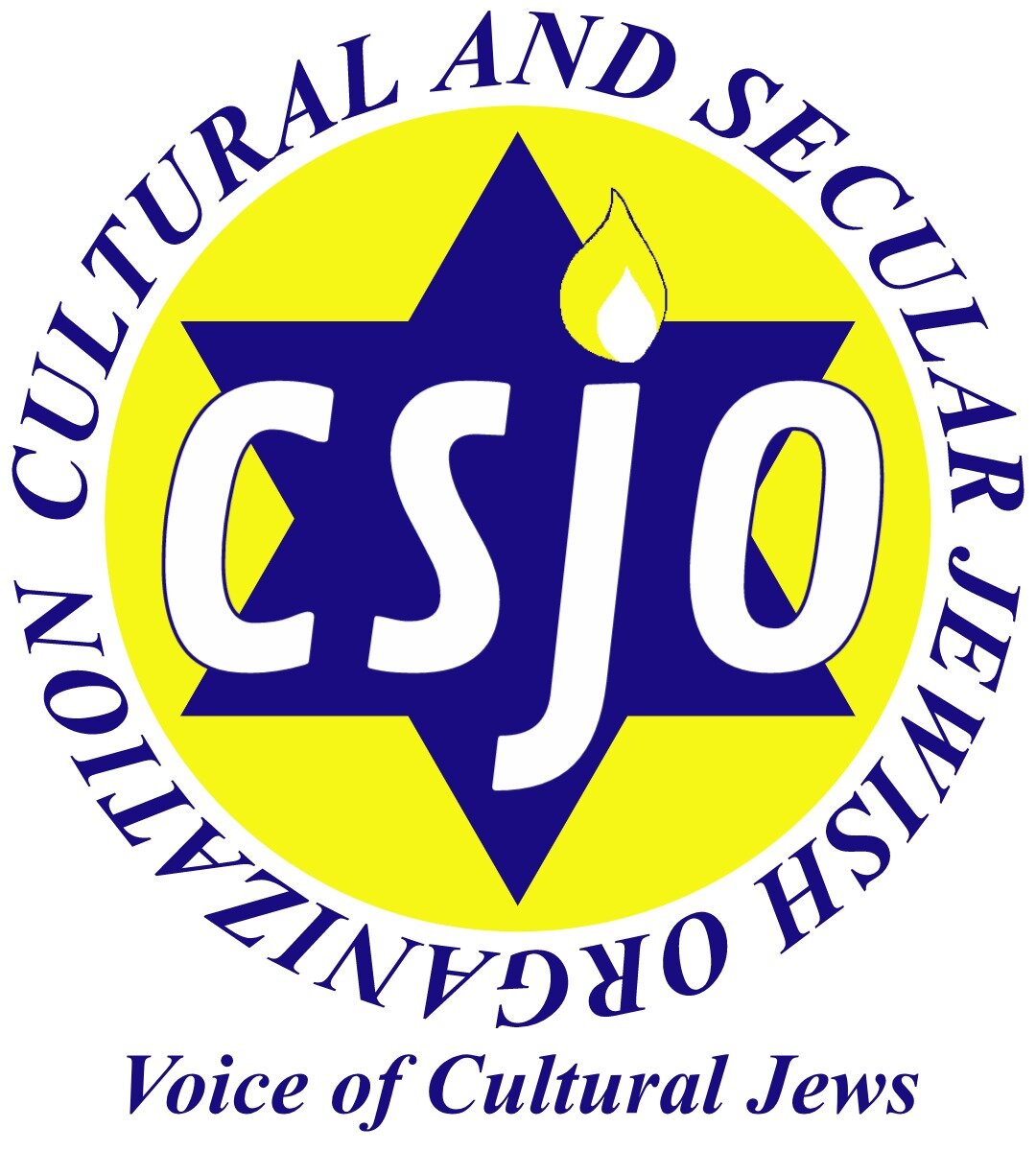Long-Lived Jewish Presence in Istanbul
(By Meri Badi, a French psychotherapist who spent her childhood in Istanbul. This article is excerpted from the newsletter of Liberté de judaisme, Paris, November 2016. Translated and abridged by Larry Schofer.)
The Jewish presence in Istanbul is quite old, and was already in evidence in the Eastern Roman Empire and the Byzantine Empire. The Jewish community there, of which the sepharadim are the dominant group, consists of other groups as well: Romaniote, Karaite, Italian Ashkenazi, Syrian-Iraqi, Georgian, and Kurdish.
One can find traces of some of these origins in my family. My paternal grandmother, descendent of a line of German Jews, left Lombardy in Italy to migrate to the Ottoman Empire during the sixteenth century to open a printing shop.
The Romaniotes are Hellenistic Jews who were dispersed around the Mediterranean basin and in the Balkans after the destruction of the second Temple. Their descendents are recognizable by their family names, such as Galimidi and Roditi.
The Karaites are part of a Jewish sect who broke off during the eighth century in Babylonia. They recognize only the written law, and do not follow the teachings of the oral tradition. The Karaite temple of Haskoy, located underground as is the custom, testifies to the existence of this population in the city for many centuries. Currently, the Karaites are very few and seem to be mixed in the Jewish community.
There is another group that until recently was considered close of the Jews. These are the Donmeh (returned ones). These followers of Sabbatai Tsevi (1626-1676), the self-proclaimed Messiah, formed a large mystical movement in the Judaism of the time. At the beginning, 300 families followed the example of their Messiah, who converted to Islam in a forced manner. The descendents of the crypto-Jewish movement currently appear to have cut off all ties with Judaism.
Before the arrival of the Ottoman Turks, Benjamin de Tudela (1130-1173), the celebrated Jewish traveler, noted 2,555 Jews in Constantinople and a Karaite community of 500 souls. The fate of the Jews under the Roman and Byzantine yoke was not a brilliant one. It seems that they were confined to the Pera quarter, along with the Romaniotes and the Italian Jews.
After the expulsion of the Jews from Spain in 1492 and from Portugal in 1497, it is estimated that about 200,000 Jews left in exile to northern Europe and the Mediterranean basin. Probably around 90,000 of them found refuge in the Ottoman Empire. In the sixteenth century, the Jewish community of Istanbul was the second largest in the Empire, following that in the city of Salonica.
In 2009, during a memorial visit to Poland and Lithuania, I had the opportunity to visit the Karaite leader. Our group was received by representatives of this community. On the walls the temple there were stars of David and inscriptions in Turkish, witnessing the double origin of these Trakai Karaites, who came from Crimea. There are also Karaites in Poland, and it seems that their presence there was quite strong earlier.
The demographic development of the Jewish population in Turkey
In 1906, it was estimated that the Jewish population of the Ottoman Empire was 360,000, including 150,000 in the European part and 210,000 in the Asian territories. In 1927, after the beginning of the Turkish Republic in 1923, the Jewish community in Turkey included 81,454 persons. According to the Israeli demographer Sergio della Pergola, there are currently 17,400 Jews in Turkey in a total population of almost 80 million.
Currently, most Jews in Turkey live in Istanbul, but this was not always the case. The political and socioeconomic upheavals at the beginning of the twentieth century forced many Jews to leave Turkey to go to Europe and the Americas. France was one of the principal destinations. I was able to find in the registry of the Ottomans of France 2 brothers or cousins of my paternal grandfather, who left Turkey before the First World War.
The Turkish Republic did not fulfill its promises to minorities. During the second world war, the officially neutral Turkey nevertheless adopted discriminatory measures. In 1941-1942, they instituted extraordinary military service for minorities age 25 to 45. These unarmed soldiers were subject to forced work in Anatolia. My father was drafted a second time, even though he had already completed his military service.
Just prior to that, an estate tax applied between November 1942 and December 1943 fell on all families, rich or poor, with exorbitant rates; it targeted all the non--Muslims. Many families were ruined. Those who could not pay off “their debts” were not only ruined, but also sent for forced labor in inhospitable regions.
Israel was a destination for many Turkish Jews after the creation of the state. Whole sections of the city were literally emptied of their inhabitants.

